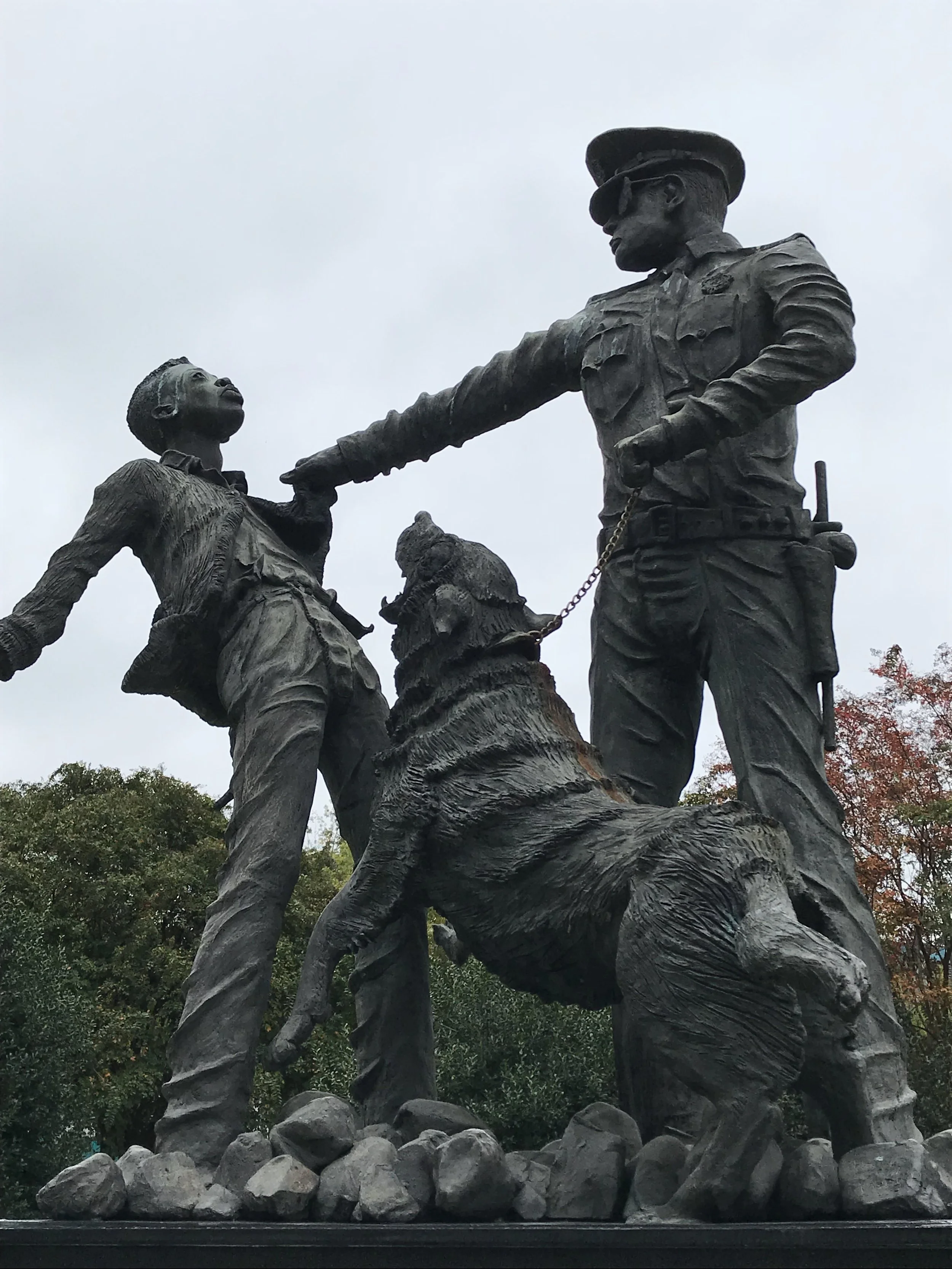Black Woman Rising: Susie King Taylor—A Righteous Voice of the Civil War Era
/In the Civil War and post-Civil War eras, decades in which there were precious few voices of Black women, that of Susie King Taylor’s was especially eloquent, and is especially prescient today in the era of Black Lives Matter. Her legacy rests on a remarkable work, A Black Woman’s Civil War Memoirs. A laundress for the legendary 1st South Carolina Regiment—the first Black Civil War regiment formed to fight for the Union cause—she found herself at the epicenter of a profound revolution in the history of United States race relations, one that she describes with clarity and conviction.
Read More















